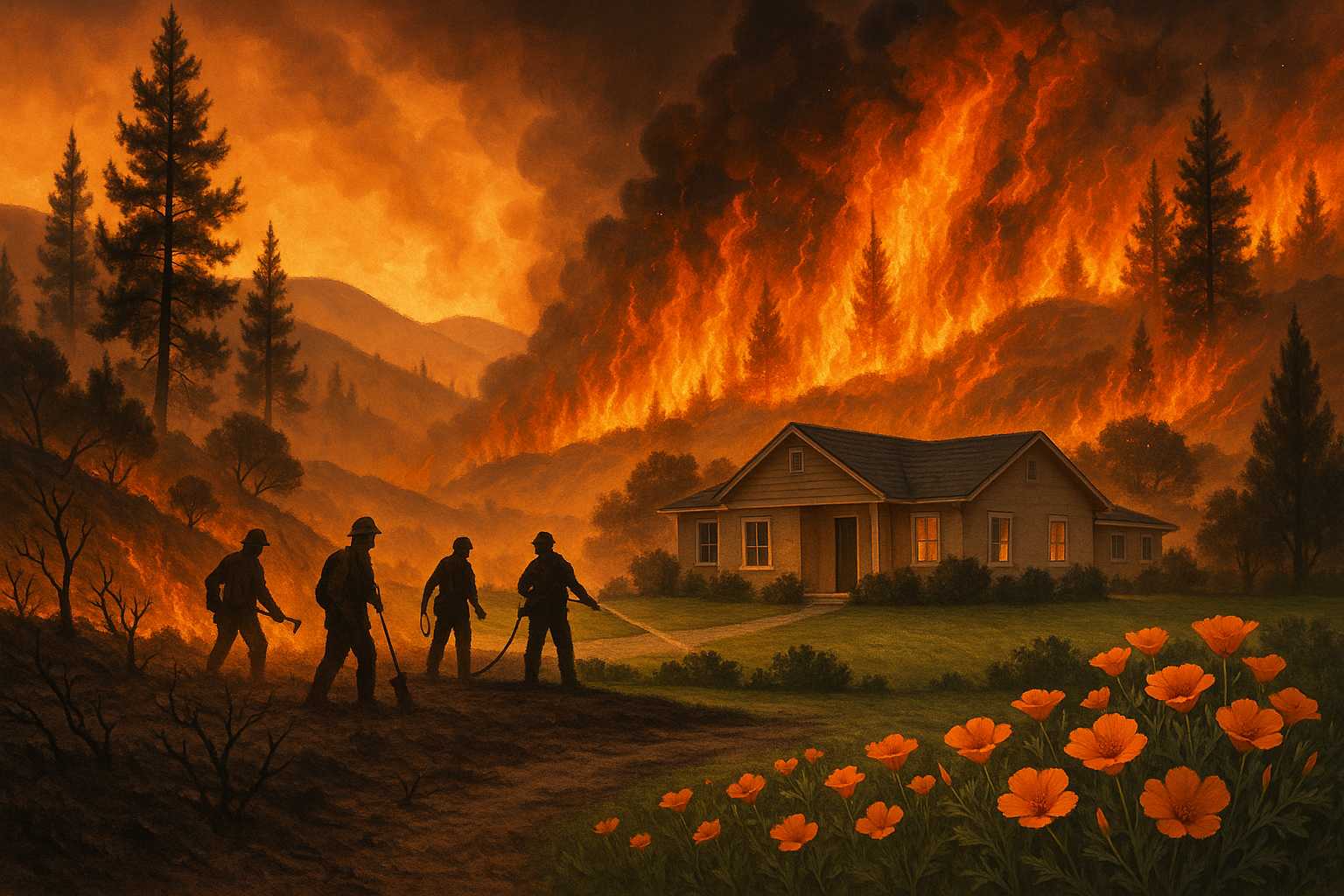Every year, the landscapes of California are dramatically reshaped by wildfires. These events are simultaneously a natural part of the ecosystem and an increasingly destructive challenge for communities across the state. As a meteorologist, I want to break down the science behind California’s wildfire seasons, the impacts on people and environment, and what communities can do to stay safe and resilient.
The Meteorological Roots of Wildfires
California’s climate sets the stage for wildfires. The state experiences hot, dry summers followed by autumn wind events such as the Santa Ana and Diablo winds. These powerful, dry gusts can quickly fan small sparks into raging firestorms. Years of drought have also turned large swaths of vegetation into fuel, amplifying fire risks. Climate change has played a significant role too, increasing average temperatures, extending dry periods, and creating more explosive fire conditions.
Lightning strikes, power line failures, and even human negligence (like unattended campfires) serve as ignition sources, but it’s the weather—long stretches of low humidity, high winds, and extreme heat—that determines how fast fires grow and how difficult they are to contain.
Human and Environmental Impacts
Wildfires can have devastating effects on both people and ecosystems. Massive evacuations, property loss, and tragic fatalities often make headlines. Entire communities, such as Paradise in the 2018 Camp Fire, have been forever altered or even wiped off the map.
Smoke from large fires also causes serious health problems, especially for those with respiratory conditions. Smoke can travel hundreds of miles, blanketing major cities—including San Francisco and Los Angeles—in an eerie orange glow. Habitats for native plants and animals are often destroyed, although many ecosystems, like chaparral and certain pine forests, have adapted to periodic burning.
Building Community Resilience: Tips and Takeaways
Despite the risks, there are proven strategies for minimizing wildfire impacts:
- Create Defensible Space: Clear brush, dead trees, and flammable materials around homes and structures. Many communities enforce vegetation management ordinances to reduce the risk of fire spread.
- Stay Informed: Sign up for local emergency alerts and pay attention to Red Flag Warnings issued by the National Weather Service.
- Prepare an Evacuation Plan: Know your evacuation routes, prepare an emergency supply kit, and review insurance coverage regularly.
- Support Prevention Efforts: Practice fire-safe behaviors during outdoor recreational activities and support prescribed burns and forest thinning projects.
Wildfires are part of the natural cycle in California, but human actions and preparedness can make a vast difference in how communities experience these events. The science is clear: as our climate continues to warm, wildfires are likely to become more intense. Staying proactive, informed, and resilient is the key to minimizing loss and protecting both people and the landscape we call home.
Stay safe during fire season—and if you live in or travel to fire-prone areas, always respect local warnings and guidance. Your actions can help prevent the next disaster.


Leave a Reply